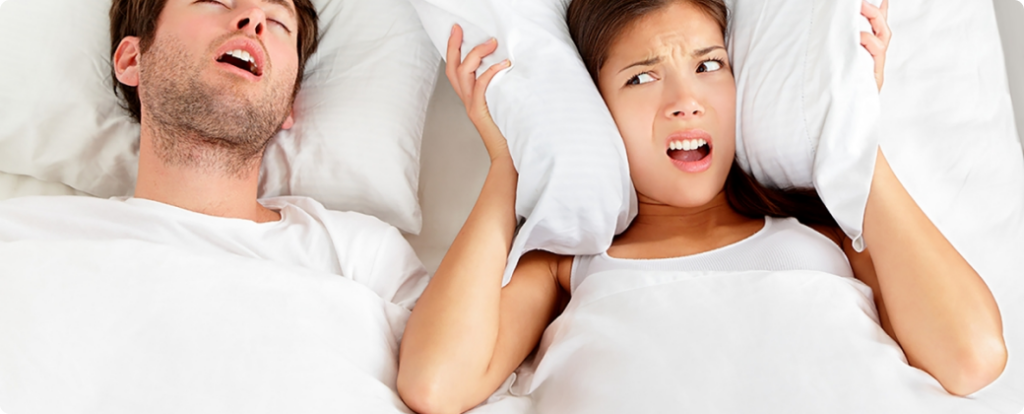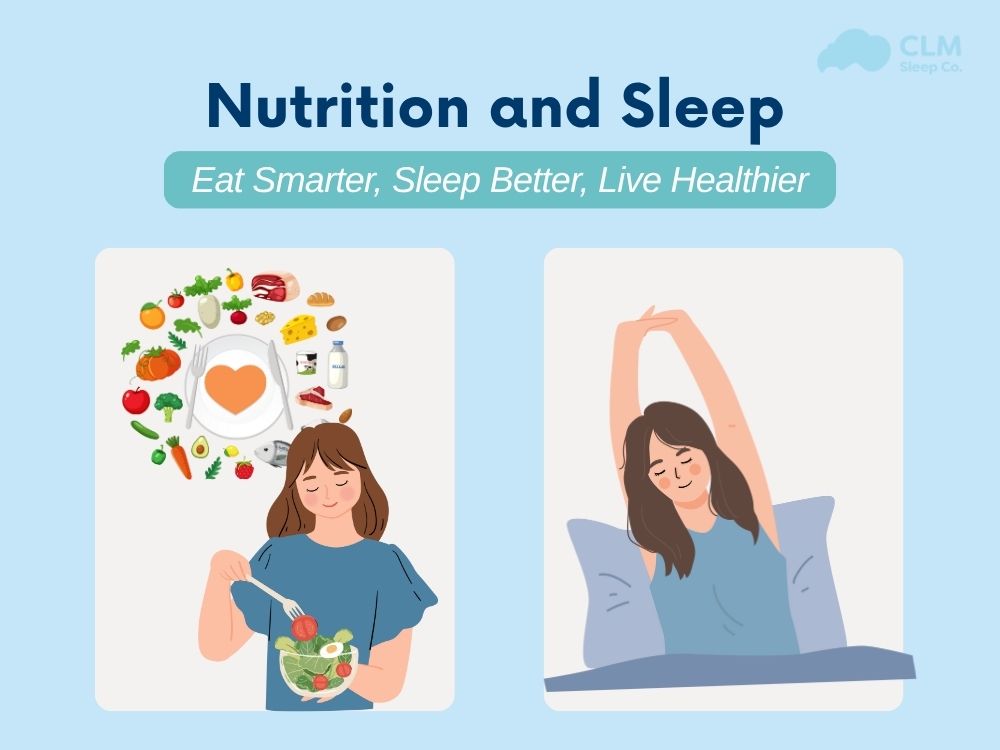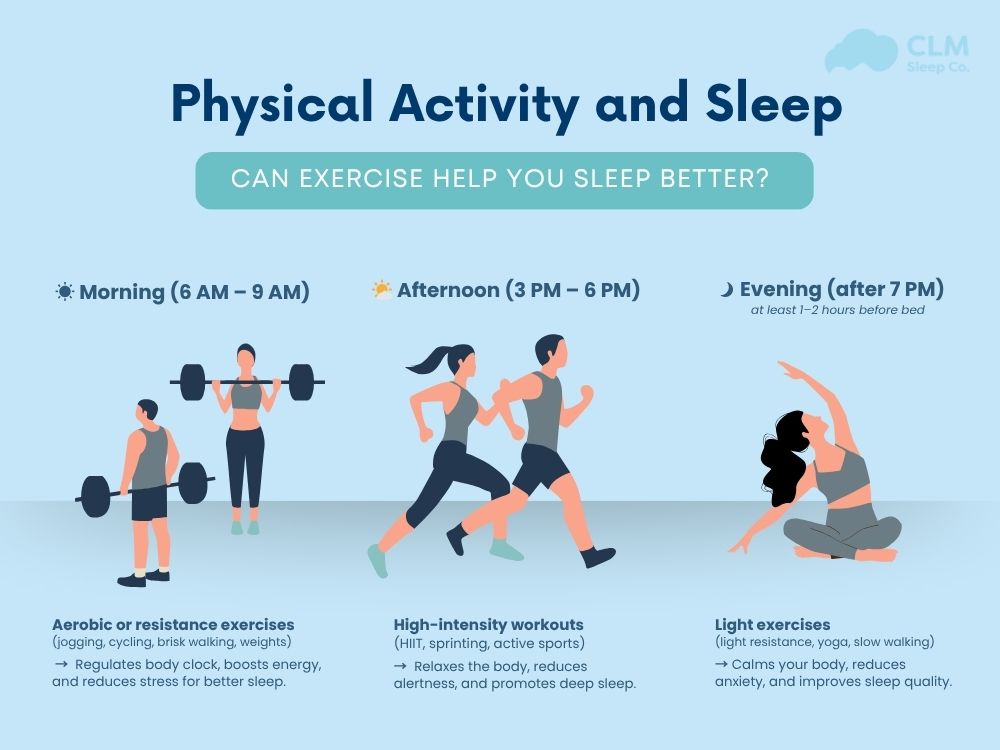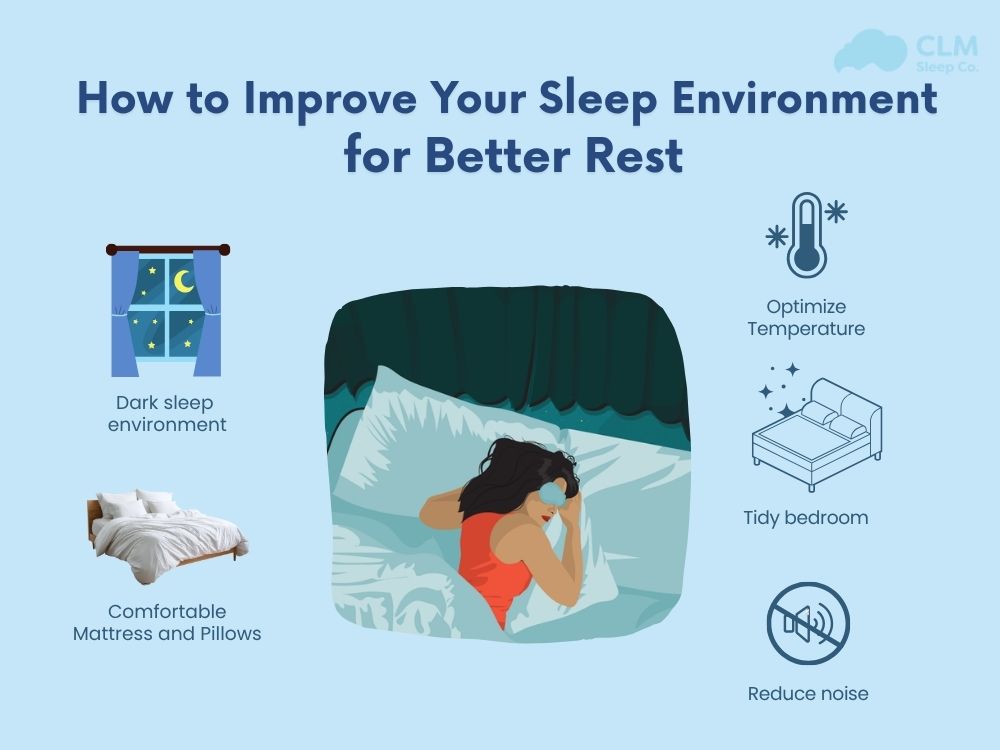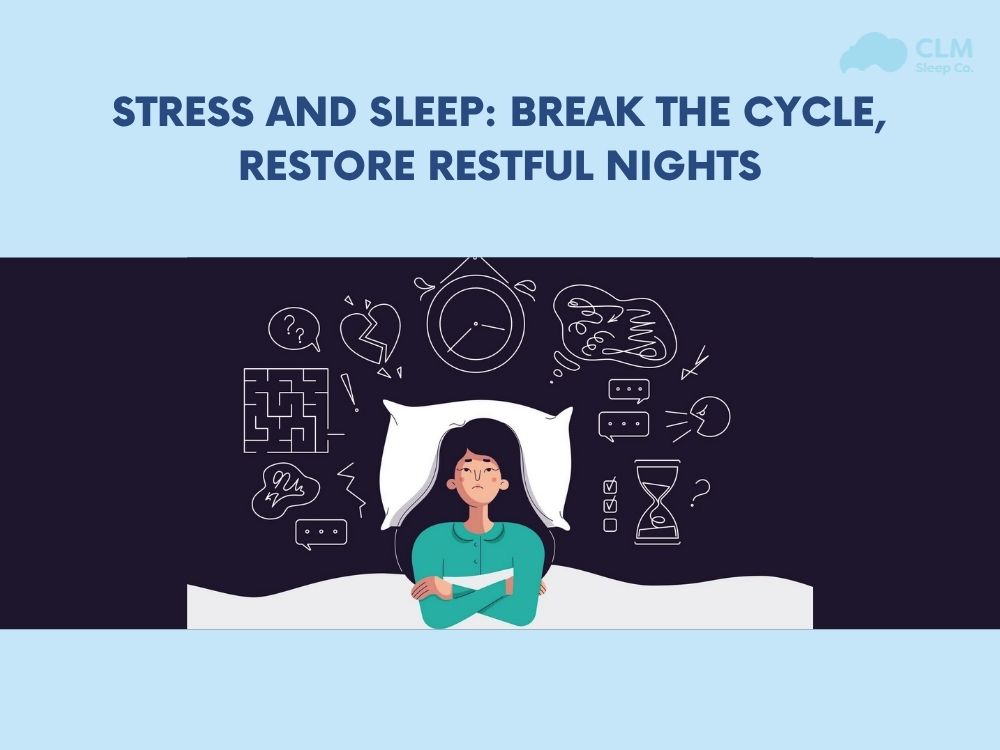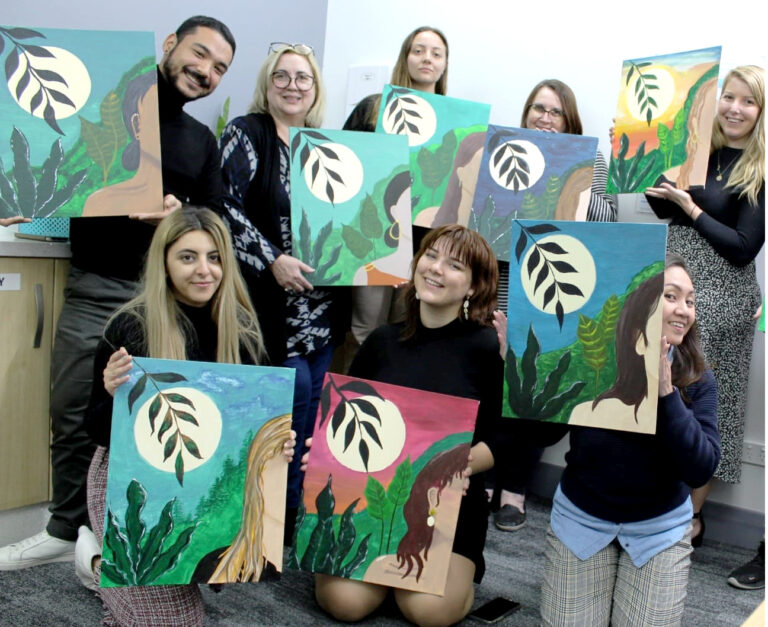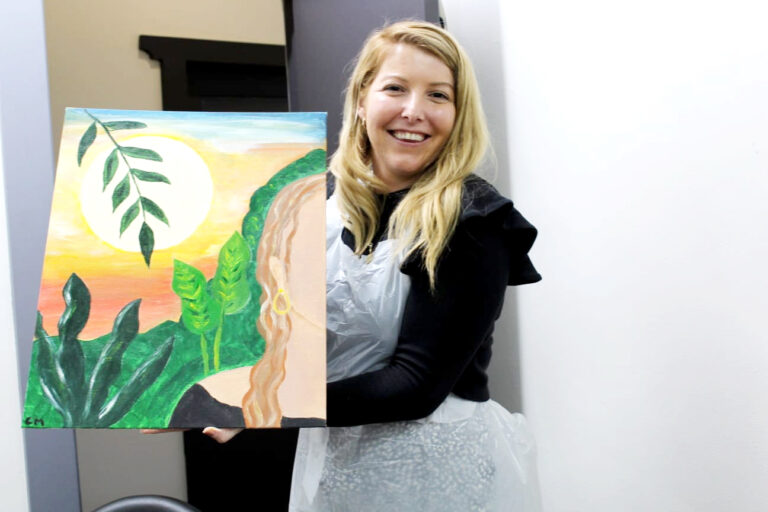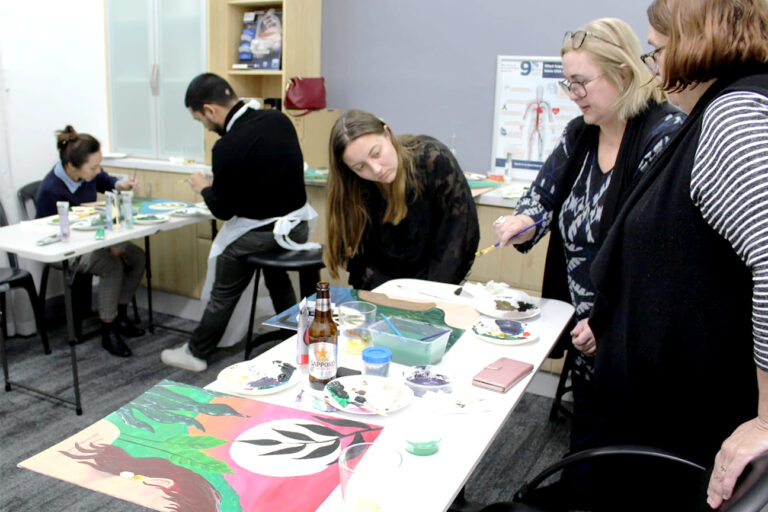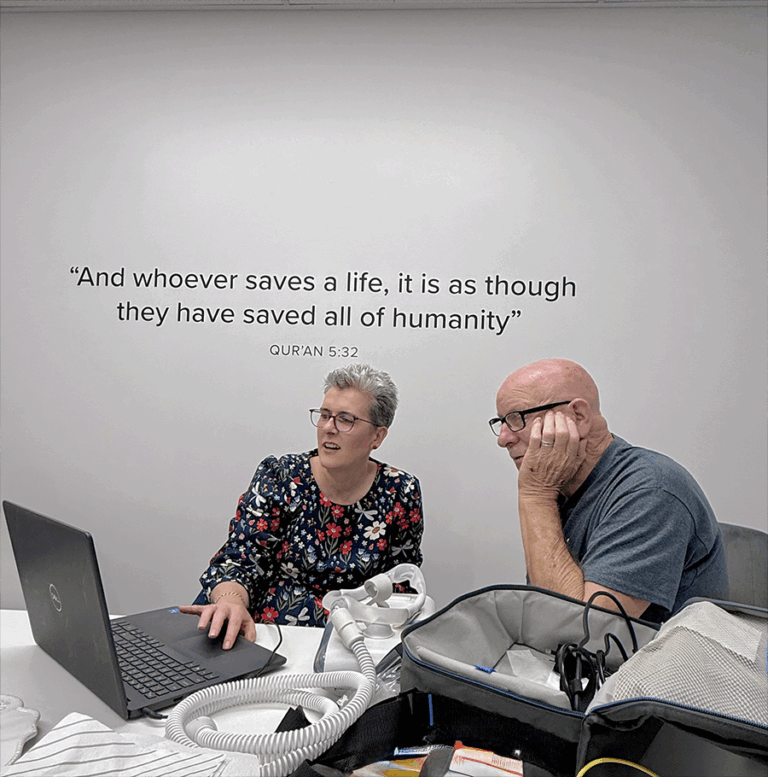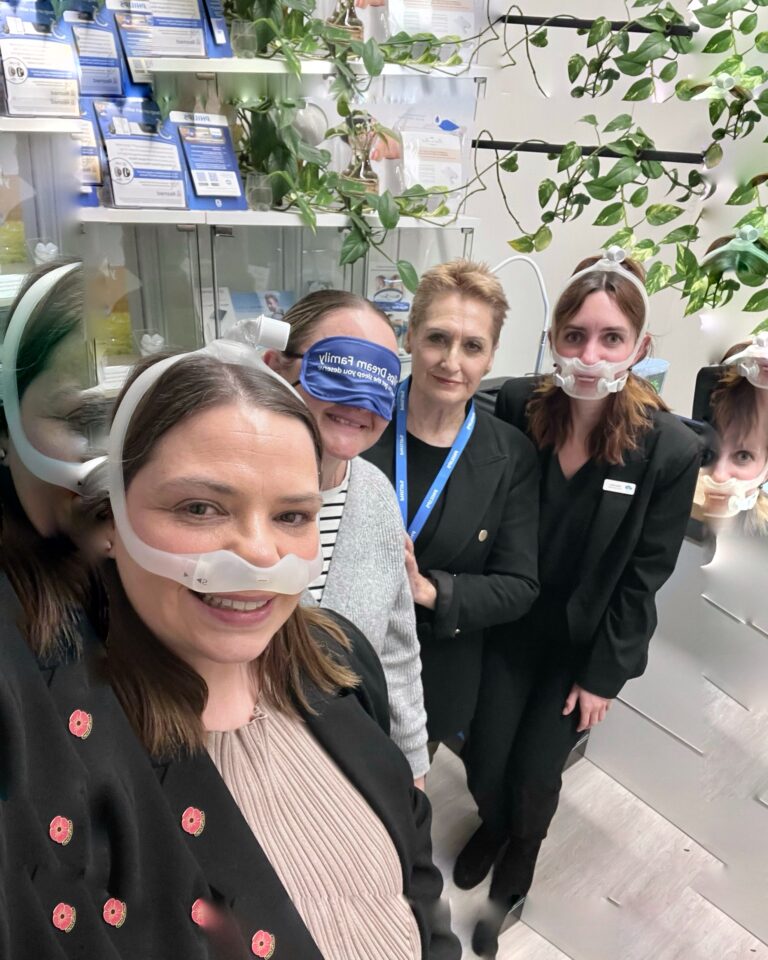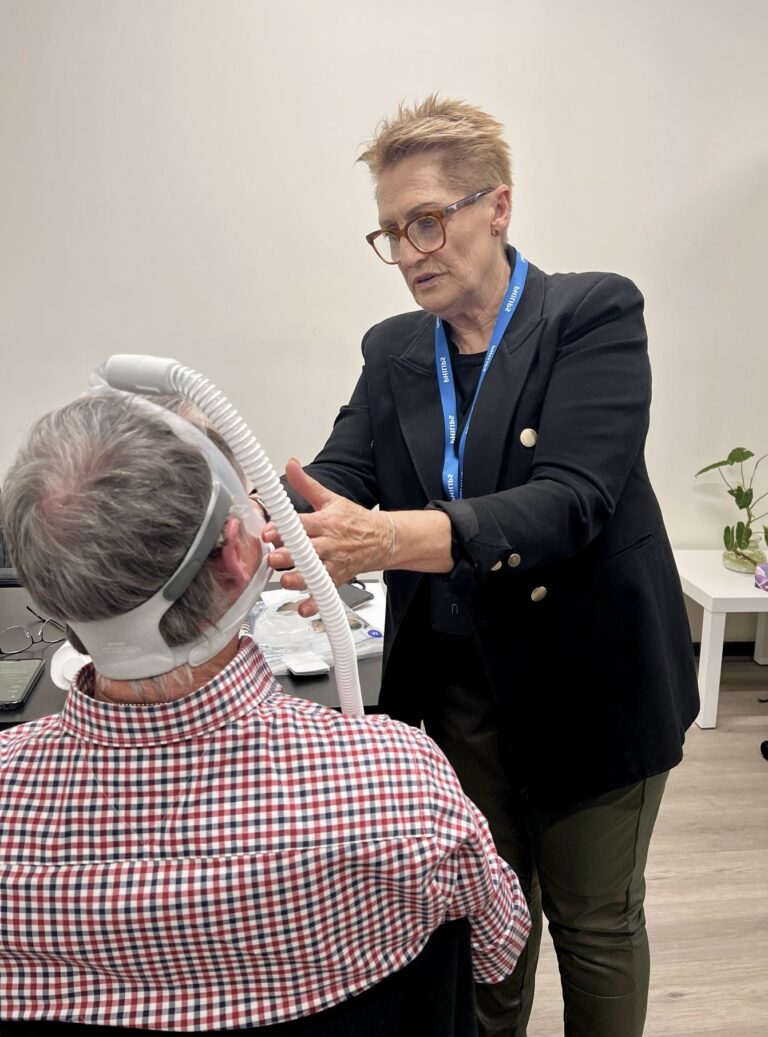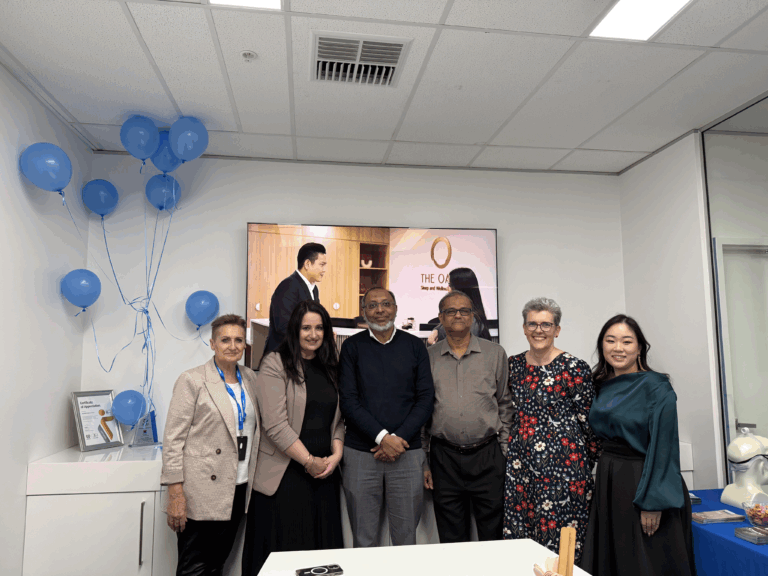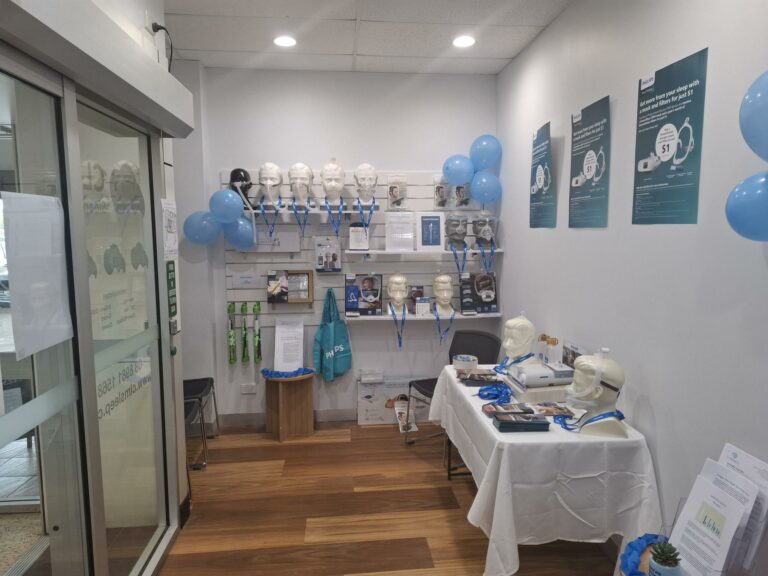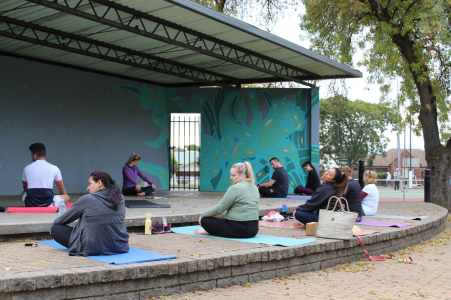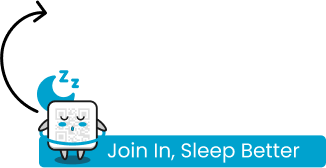Sleep Apnea is a condition in which breathing is repeatedly interrupted during sleep. It is one of the most common sleep disorders which affects 5-10% of Australians. However, many still go undiagnosed due to lack of awareness and understanding about the disorder.
Why do I stop breathing in my sleep?
When you sleep, your muscles start to relax, including the ones controlling the upper airway. When that happens, the airway collapses, causing you to stop breathing. The brain senses this and wakes you up, allowing the airway to reopen. Breathing usually resumes with a loud gasp, snort or a body jerk.
In severe cases, this can happen up to 100 times in your sleep, resulting in continuous sleep interruption which in turn leads to poor sleep quality and other serious health conditions such as heart diseases and high blood pressure, to name a few.
Quite often, you will not realise this is happening during sleep, but your partner may be kept awake and therefore aware. So how else can you tell if you are suffering from Sleep Apnea?
How can you tell if you have Sleep Apnea?
Sleep Apnea can occur in men, women and children of all age and sizes. It is therefore important to know what to look out for. Some of these sleep apnoea symptoms may not be noticeable to the sufferers themselves, but may be more obvious to family and loved ones.
- Snoring loudly and persistently
- Restlessness during sleep
- Choking or gasping for air during sleep
- Frequent night time visits to the bathroom
- Sexual dysfunction
- Waking up with morning headaches
- Excessive daytime tiredness
- Dozing off while driving, reading or watching TV
- Suffering from depression or irritability
- Suffering from impairment of cognitive function
If you’re still unsure, take the STOP-BANG* questionnaire; a tool used to screen individuals for Obstructive Sleep Apnoea and to assess if individuals are at low, moderate or high risk of having Sleep Apnea. The Epworth Sleepiness Scale (ESS)^ may also be used to further determine the necessity for the investigation.
*Chung F et al. Anesthesiology 2008; 108: 812-821, and Chung F et al Br J Anaesth. 2012; 108: 768-775.
^Johns, M.W. (1991). A new method for measuring daytime sleepiness: The Epworth sleepiness scale. Sleep, 14, 540-545.
Who are at high risk for Sleep Apnea?
Although these are risk factors for Sleep Apnea, some people who suffer from Sleep Apnea may not exhibit any or fall into these categories. It is therefore vital to always consult your doctor before coming to any conclusion. A Sleep Study is the most accurate diagnosis of Sleep Apnea, but you can also look at the symptoms below or take the screening questionnaires before deciding on your next steps.
